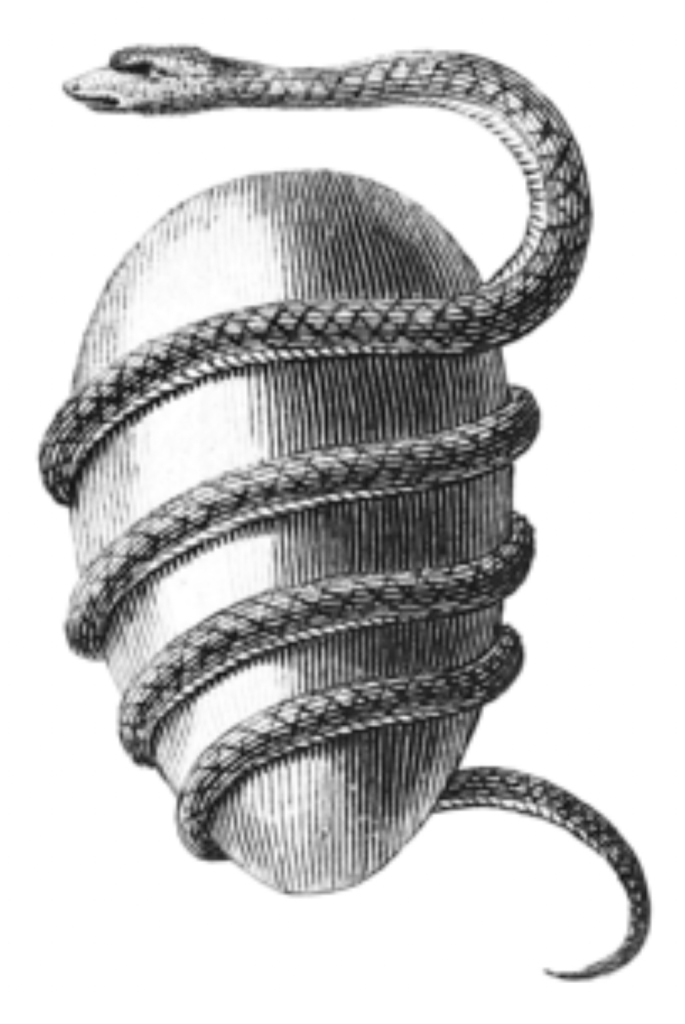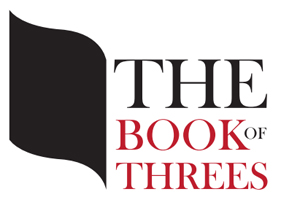
A metaphorical tool
There is a connection between eggs and Greek philosophy, as well as the concepts of logic, physics, and ethics.
In Greek philosophy, particularly in the works of Plato and Aristotle, the concept of eggs is often used as a metaphorical tool to explain various philosophical concepts. The shell, egg white, and yolk are sometimes used as symbolic representations of different aspects of reality.
The shell of the egg can be associated with the realm of logic. Just as a shell provides protection and structure to the egg, logic provides the necessary framework for reasoning and knowledge. Logic helps us form valid arguments and make sound judgments in our thinking.

The egg white, or albumen, can be linked to the domain of physics. Just as the egg white surrounds the yolk and nourishes it, physics deals with the natural world and the principles that govern its behavior. It explores the physical properties and forces that shape the universe.
The yolk, often considered the vital center of the egg, is sometimes connected to ethics. Just as the yolk is the source of nourishment and life, ethics deals with moral principles and the study of what is right and wrong. It explores questions regarding human behavior, virtue, and the pursuit of a good life.
“The egg is used metaphorically in three categories that are significant in Greek philosophy”:
GPTChat
logic, physics, and ethics
1. Logic: This branch of philosophy deals with reasoning, rationality, and the principles of valid inference. Greek philosophers, such as Socrates, Plato, and Aristotle, made significant contributions to the development of logic, including the formulation of logical principles and methodologies for critical thinking.
2. Physics: In Greek philosophy, physics refers to the study of nature, the physical world, and the universe. The pre-Socratic philosophers, such as Thales, Anaximander, and Heraclitus, sought to understand the fundamental nature of existence and the underlying principles governing the natural world. They explored concepts like the elements, cosmology, and the nature of change.
3. Ethics: Ethics focuses on moral principles, values, and how individuals should conduct themselves. Greek philosophers, particularly Aristotle, emphasized the importance of ethics in leading a virtuous life. Aristotle’s ethical framework, known as virtue ethics, emphasized the cultivation of virtues such as courage, justice, and temperance to achieve human flourishing and happiness (eudaimonia).
The Orphic Egg

The Orphic Egg in the ancient Greek Orphic tradition is the cosmic egg from which hatched the primordial hermaphroditic deity Phanes/Protogonus (variously equated also with Zeus, Pan, Metis, Eros, Erikepaios and Bromius) who in turn created the other gods. The egg is often depicted with a serpent wound around it.
The world egg, cosmic egg or mundane egg is a mythological motif found in the cosmogonies of many cultures that is present in Proto-Indo-European culture and other cultures and civilizations. Typically, the world egg is a beginning of some sort, and the universe or some primordial being comes into existence by “hatching” from the egg, sometimes lain on the primordial waters of the Earth.
Different philosophers may also have different perspectives on these associations.




























